Many fruit crops need not only in good content and excellent climatic conditions, but also in insects that participate in the process of pollination. In the garden, bees, bumblebees and other insects of pollinators do not always live, so they need to be able to attract to get a good harvest.
Why don't plant pollinators
It is difficult to present the ripening of such cultures like apples, pears, apricots, cherries without visiting pollinators. The process of fruits in many plants is associated with the obligatory exchange of pollen, which is achieved due to the wind, mechanical intervention, human activity. But insects play a special role in this.
Types of insects of pollinkers
In fact, any insect, visit the plant can become pollinators. It's enough to come into contact with pollen so that it was attached to the body and move it to another flower. But there are whole groups of insects, which are very important in this regard.
Only hypothetically every insect is a carrier of pollen. In fact, these are engaged in purely specific types of the kingdom. Moreover, it is seen that for different plants can have its pollinators. Of course, this does not mean that there are pollinators of apple or pear for pollinators. But for the more exotic fruits (such as figs), will have to find specific insects.
In our temperate latitudes, the most common pollinators include such insects:
- bees;
- bumblebees;
- wasps;
- hornets;
- butterfly;
- beetles, etc.
Despite the wide variety of visitors to the garden, as strategic partners can be considered only bees. This is due both to the activity of these workers and their anatomical structure.
Butterflies, beetles, hornets little time to spend near the flowering plants, and their structure does not allow to capture large amounts of pollen. Bee also has a fleecy body, moreover, it constantly collects nectar, which allows it to carry pollen from plant to plant. Therefore, all the steps to attract pollinators should be aimed at attracting bees.
The role of pollinators in the process of fruit ripening
There are many plants that could not survive without insects. This so-called cross-pollinated plants. Their propagation necessarily visiting insects, which are involved in the exchange of pollen. These plants attract insects bright color, special aroma and rich in sugars in the nectar.
The bee flies to a plant to collect nectar, but not all of the pollen falls into the hive. Part of the remains on the toiler's body, and then enters the pistil of another flower, which she will fly. Participation of bees is important not only for the simple transfer of pollen. This process can be done genetic component plants more diverse, and the future generation - stronger. Therefore, if the garden is not audible hum of insects working, it is better to take care of their presence, to increase the chances of a good harvest.
Other conditions for successful pollination
It does not mean that the installation of the hive in the garden will solve all the problems. Pollination is a comprehensive process on which many factors affect. So that the bee or other insect comes to the plant and made vital work, you need good weather, the right place of the garden, etc.
The insect will not fly to harvest, if it is too cold or hot. For bees, critical are temperatures below 12 and above 35 ° C. Also for the work of pollinators for cherry, pears, apple or other plants are affected by precipitation and strong wind. Optimal conditions for pollination - warm summer sunny weather without rains, strong wind and the presence of a source for polling near (within a radius of up to 3-4 kilometers).
How to pollinate insect effective
Even if there are enough pollinators in your garden, it is better to create all the conditions for even greater involvement. It is necessary to constantly monitor the insects to be well in your site, and their number has not diminished.
Common methods for attracting insects
There are many ways to attract insect pollinators to the garden, from simple to the most difficult. The choice of one or another method depends on the preferences of the gardener, its capabilities.
The easiest way is to plant special flowering plants that will attract insects. This is Echinacea, Chamomile, Astra and others. Attracting plants need to be placed with the mind, not chaotic. At the edges of the garden, it is recommended to plant a lilac, and the small flowers themselves place in the center.
Remember that insects are very sensitive to pesticides. Therefore, it will have to choose - either to use strong "chemistry" to combat pests, but have a weak harvest (due to the deterioration of pollination processes), or use non-toxic means and have great chances of success.
The most difficult solution is the settlement of insects directly in the garden. You can buy a hive with bees and set them near fruit trees. So, if you need a pollinator for plum, put a hive with bees near it, but not further than 500 m. Soon the yield of such a tree will increase.
Some experts went even further and specially prepare bees for pollination. For this, colors of varieties, whose yields want to increase, mix them with sugar syrup and feed bees at the hive. It is necessary to do it in the morning. Over time, the bees get used to such nutrition and their own will look for its source - cherished petals with nectar. It is believed that the successful location of the hives and such technology makes it possible to increase the efficiency of using bees several times.
The roller below presents interesting methods to attract pollinators to the garden or garden.

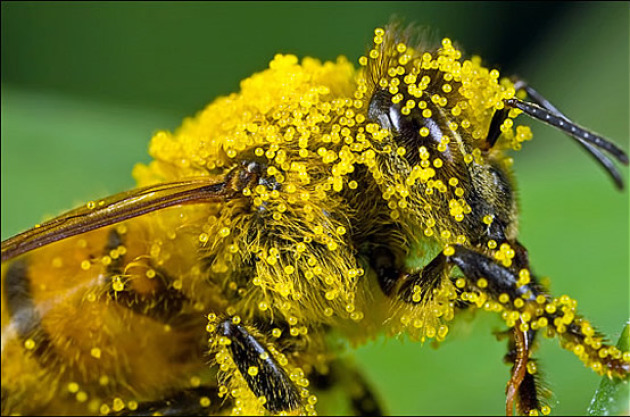
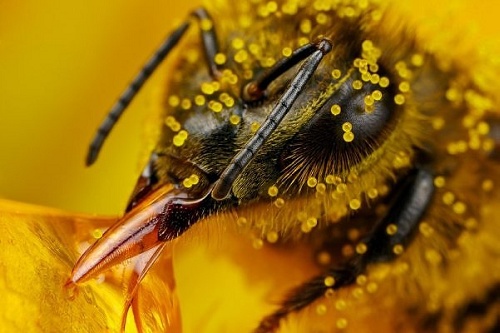
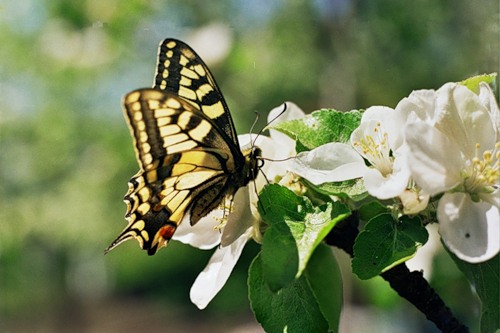
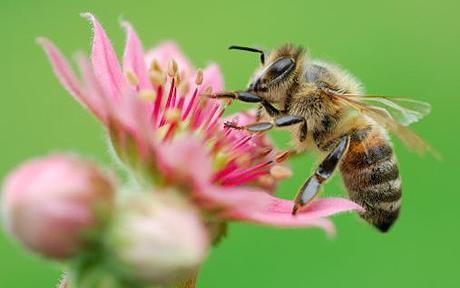
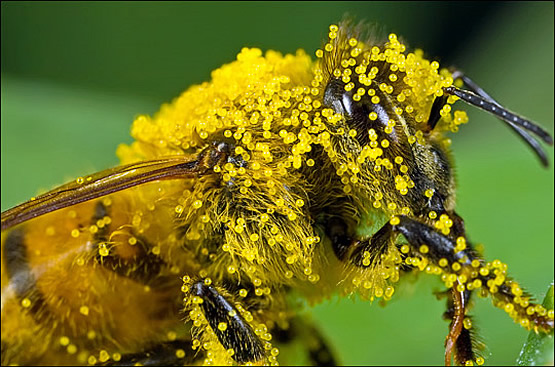
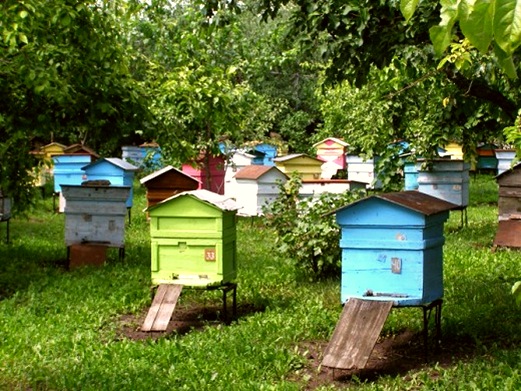
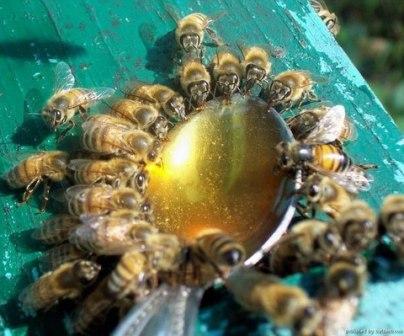












 Start a discussion ...
Start a discussion ...